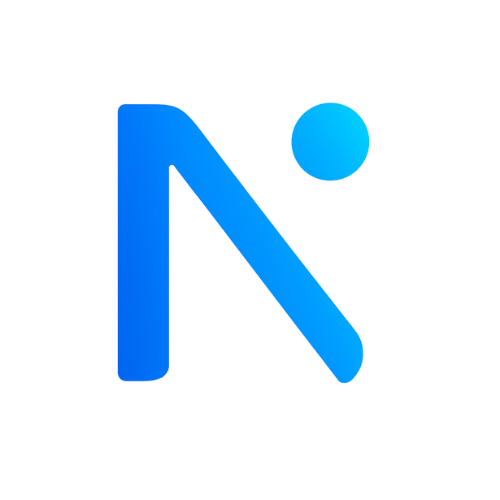Keeping devices up to date is one of the most important responsibilities for any Managed Service Provider. Outdated software and unpatched vulnerabilities are leading causes of security breaches, outages, and compliance risks. But manually managing patches across dozens—or thousands—of devices is slow, inconsistent, and resource-intensive.
That’s where RMM patch management comes in. Modern Remote Monitoring and Management (RMM) platforms allow MSPs to automate patching across all client environments from a single dashboard, improving efficiency, security, and service reliability.
What Is RMM Patch Management?
RMM patch management is the process of automating software and system updates through a remote monitoring and management platform. It enables MSPs to deploy, verify, and report patches across client devices efficiently, reducing risk and downtime.
Unlike manual patching, RMM tools centralise the entire process—scanning for missing patches, scheduling deployments, monitoring results, and handling exceptions or failures.
How RMM Patch Management Works
RMM patch management follows a structured, automated workflow:
1. Automated Patch Scanning
The RMM agent scans endpoints for missing security updates, OS patches, and third-party application updates.
2. Deployment Scheduling and Policies
Technicians define patching windows, reboot policies, maintenance schedules, and exception rules based on client requirements and SLAs.
3. Real-Time Patch Deployment
The RMM platform deploys patches automatically during the assigned window, ensuring minimal disruption to end users.
4. Live Patch Status and Reporting
Dashboards display patch success/failure rates, outstanding updates, and high-risk vulnerabilities—supporting client reporting and compliance.
5. Rollback and Retry Automation
If a patch breaks functionality or fails during install, RMM systems can trigger an automatic rollback or retry based on pre-configured rules.
This automation dramatically reduces manual workloads and helps MSPs maintain consistent patch compliance across all clients.
Benefits of RMM Patch Management for MSPs
Stronger Endpoint Security
Fast and consistent patching helps prevent vulnerabilities that attackers commonly exploit.
Reduced Technician Workload
Automated scanning, deployment, and reporting eliminate hours of manual effort per week.
Audit-Ready Reporting
RMM-generated reports help MSPs meet compliance requirements for industries like finance, healthcare, and legal.
Improved Customer Trust
Clients see fewer incidents and appreciate proactive, consistent patching as part of their service contract.
Scalability Across Hundreds of Endpoints
Automation enables MSPs to manage large, multi-client environments without increasing headcount.
Challenges and Best Practices
Patch management isn’t completely hands-off. MSPs must plan for common challenges:
Patch Failures
Failed updates require structured retry logic and, occasionally, technician intervention.
Third-Party Application Patching
Some applications require manual packaging or validation before deployment.
Scheduling Conflicts
Patches must be rolled out during maintenance windows that minimise user impact.
Testing Before Deployment
Critical environments may require a pilot group to avoid widespread disruption.
Compliance Reporting
Accurate, consistent reports are essential—particularly for regulated industries.
RMM Patch Management vs. Traditional Patch Management
Here’s a clear comparison to illustrate the differences:
Traditional Patch Management
- Manual updates performed on each device
- Limited visibility into patch compliance
- Time-consuming and error-prone
- Not scalable across multiple clients
RMM Patch Management
- Automated patch deployment via a central console
- Full visibility of patch status per client
- Fast and scalable across all managed endpoints
- Automated scheduling, retries, and reporting
RMM patch management is purpose-built for MSPs who need efficiency, consistency, and visibility at scale.
How AI Enhances RMM Patch Management
AI-driven automation can further streamline patch management by:
- Prioritising patches based on severity, exploit likelihood, and device context
- Analysing historical patch success rates to predict failures
- Triggering automated remediation steps for broken patches
- Identifying devices at risk due to missing or failed updates
- Generating intelligent client reports with insights and recommendations
By combining RMM patch workflows with AI automation, MSPs reduce risk and deliver more reliable service to clients.
Conclusion
RMM patch management is essential for maintaining secure, compliant, and stable IT environments. By automating scanning, deployment, and reporting, RMM platforms help MSPs scale operations efficiently while reducing technician workloads and strengthening endpoint security.
To explore how automated patching fits into a modern MSP workflow, visit our RMM Software for MSPs page.

